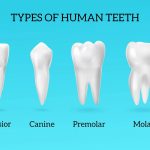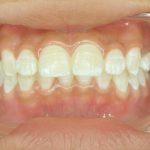Quick Relief: How to Decrease Swelling After Wisdom Teeth Removal
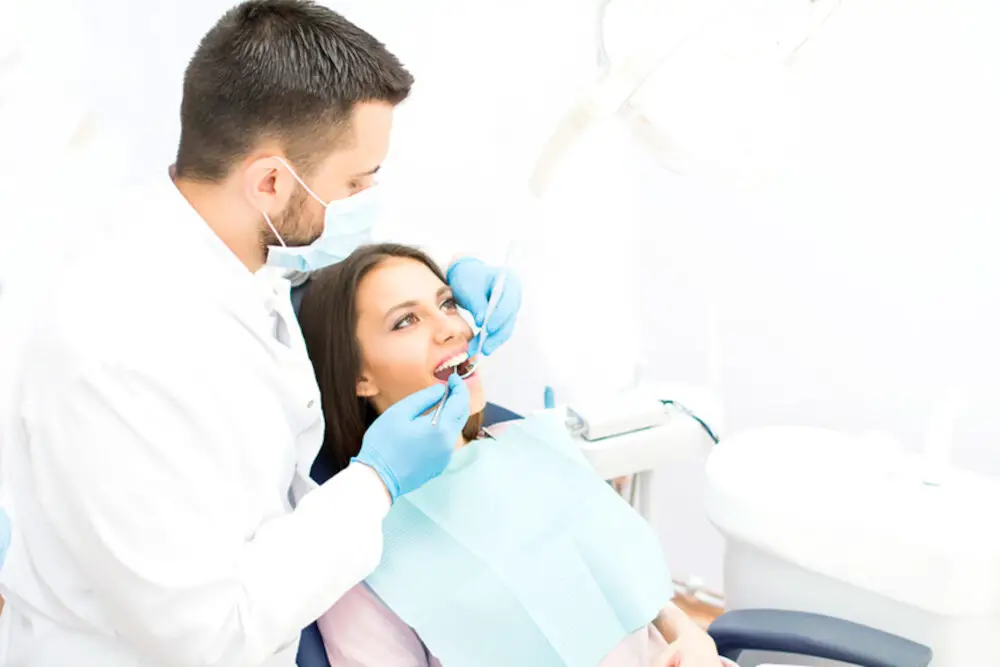
Wisdom teeth removal is a common dental procedure that many people undergo. While it is a routine procedure, it can still cause discomfort and swelling for a few days after the surgery. Swelling can make it difficult to eat, speak, and even sleep, making it important to know how to decrease it quickly. Fortunately, there are several ways to reduce swelling after wisdom teeth removal, ranging from simple home remedies to prescribed medications. With proper care, you can experience a speedy recovery and get back to your normal routine in no time. Swelling after wisdom teeth removal is a natural response of the body to trauma. It occurs due to the inflammation caused by the surgery and can vary in intensity depending on the person. The swelling typically peaks within the first two to three days after the procedure and gradually subsides over the following week. While some degree of swelling is expected, excessive swelling can lead to complications such as infection, bleeding, and delayed healing. It is, therefore, important to take measures to decrease swelling as soon as possible. In this article, we will explore some effective techniques to help you reduce swelling after wisdom teeth removal and promote a smooth recovery.
Wisdom teeth, also known as third molars, are the last set of teeth to emerge in the back of the mouth. They typically grow between the ages of 17 and 25, but not everyone has them. Wisdom teeth often cause problems if they don’t have enough room to grow, which can result in pain, infection, and damage to other teeth. In some cases, they may only partially emerge or become impacted, which can lead to swelling, soreness, and difficulty opening the mouth. For these reasons, wisdom teeth often need to be removed to prevent further complications and improve overall oral health.
After undergoing wisdom teeth removal surgery, it is not uncommon to experience some side effects such as swelling, pain, and bleeding. Swelling is one of the most common side effects, and it typically peaks around the third day after surgery. The swelling can occur on the face, cheeks, and neck, and it can make it difficult to open your mouth or eat. Applying ice packs for up to 20 minutes at a time can help reduce swelling, but it is important not to place the pack directly on the skin to avoid frostbite. Additionally, taking prescribed pain medication and avoiding strenuous activity can help manage these side effects and promote a quicker recovery.
Apply Cold Compresses
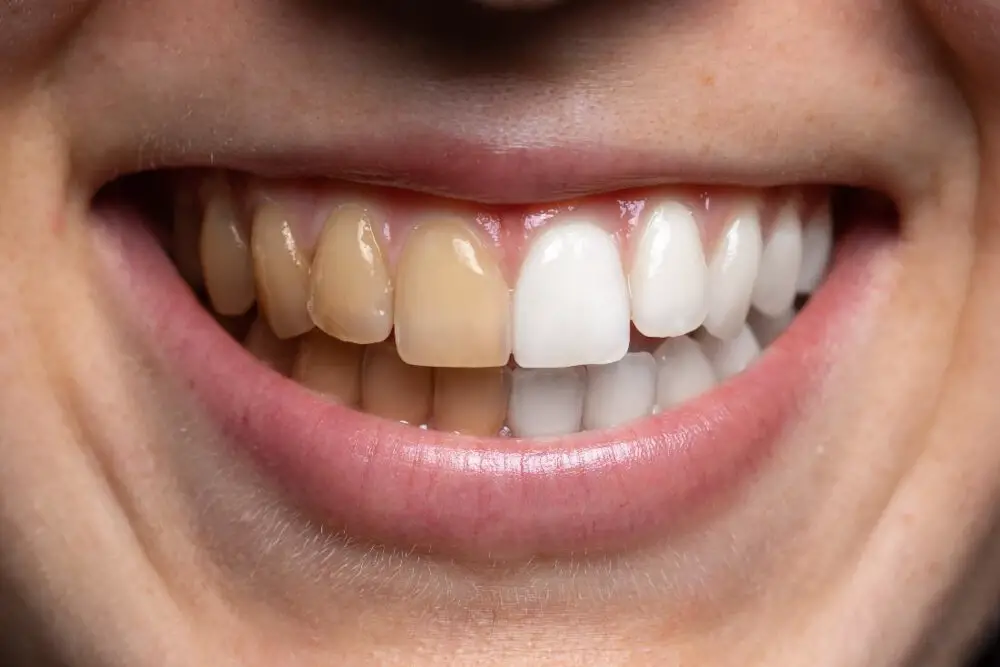
After wisdom teeth removal, it’s normal to experience swelling in your cheeks and around your jawline. Applying cold compresses to the affected areas is a great way to decrease swelling and alleviate discomfort. Cold compresses can also help to reduce bleeding and prevent bruising. You can use a variety of items as a cold compress, such as an ice pack or a bag of frozen vegetables. It’s important to wrap the cold compress in a towel or cloth before applying it to your skin to prevent frostbite or skin damage. To apply a cold compress to your swollen face, hold it against the affected area for 20 minutes at a time, then remove it for 20 minutes before applying it again. Repeat this process for the first 48 hours after your wisdom teeth removal. You can also try alternating between cold and warm compresses to help reduce swelling and increase blood flow to the area. However, be sure to consult with your dentist or oral surgeon before using warm compresses, as they may not be suitable for everyone. Remember, applying cold compresses is just one of the many ways to decrease swelling after wisdom teeth removal, so be sure to follow your dentist or oral surgeon’s instructions for a speedy and comfortable recovery.
Cold compresses work by causing vasoconstriction, which narrows blood vessels in the affected area and reduces blood flow. This decrease in blood flow decreases inflammation and swelling by limiting the amount of fluid that can build up in the affected tissues. Additionally, the cold temperature numbs the nerves in the area, reducing pain and discomfort. Applying a cold compress to the affected area for 20 minutes at a time, several times a day, can help decrease swelling and promote healing after wisdom teeth removal. It is important to wrap the compress in a towel or cloth to avoid direct contact with the skin, which can cause ice burn.
To apply a cold compress after wisdom teeth removal, start by wrapping a few ice cubes or an ice pack in a thin towel or cloth. Next, gently place the cold compress on the swollen area of your face, making sure to avoid any pressure on the surgical site. Hold the compress in place for 20 minutes, then remove it for 20 minutes before reapplying. Repeat this process for several hours after surgery to help reduce swelling and discomfort. Additionally, be sure to follow any specific instructions given by your dentist or oral surgeon regarding post-operative care.
Rest and Elevate Your Head
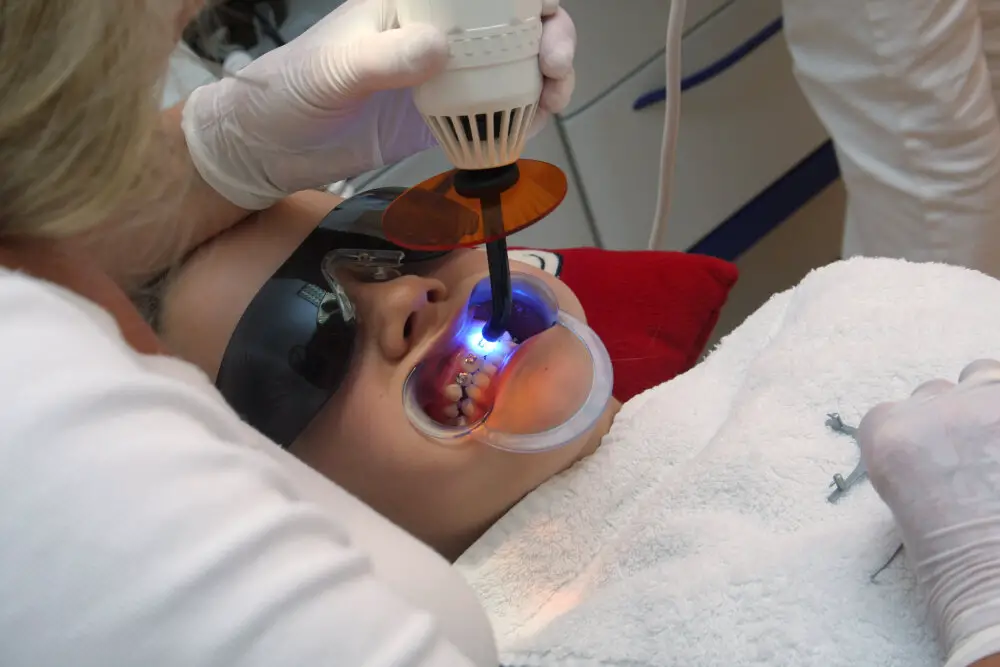
Rest and elevation are two crucial steps in reducing swelling after wisdom teeth removal. Taking good quality rest aids in the healing process and helps to minimize inflammation. It’s essential to take some time off work or other activities and get enough sleep to promote the body’s natural healing process. By resting, you can minimize the chances of experiencing pain and discomfort, which are common after wisdom teeth removal. Furthermore, sleep allows your body to repair and regenerate damaged tissues, leading to faster recovery. Elevation of the head is another important step in reducing swelling after wisdom teeth extraction. Elevating your head above your heart will promote proper blood flow and reduce pressure on the affected area. You can use pillows to keep your head elevated while you rest. Additionally, keeping your head elevated while sleeping at night can help reduce inflammation and pain. By following these simple yet effective steps, you can speed up the healing process and reduce the chances of experiencing complications.
Rest and elevation are crucial in reducing swelling after wisdom teeth removal. Resting allows the body to focus on healing and reduces blood flow to the affected area, which helps to diminish inflammation. Elevation, on the other hand, aids in reducing the accumulation of fluids in the affected area by promoting proper circulation. When you elevate the affected area, gravity helps the fluids to flow back to the heart, which reduces swelling. Both rest and elevation work together to reduce swelling, and it is recommended to keep the affected area elevated for at least the first 24 hours after surgery to maximize their effectiveness. By following these simple steps, patients can experience a quicker and more comfortable recovery after wisdom teeth removal.
Proper head elevation and rest are essential for reducing swelling after wisdom teeth removal. It is recommended to keep your head elevated at a 45-degree angle while resting for the first few days post-surgery. This can be achieved by using pillows or a recliner. Elevating your head helps to reduce blood flow to the surgical site, which in turn reduces swelling. Additionally, it is important to avoid any strenuous activity or exercise during the initial recovery period. Resting and taking it easy allows your body to focus on healing and reduces the risk of complications. Remember to follow your dentist’s post-operative instructions carefully to ensure a speedy and successful recovery.
Take Pain Medication as Prescribed
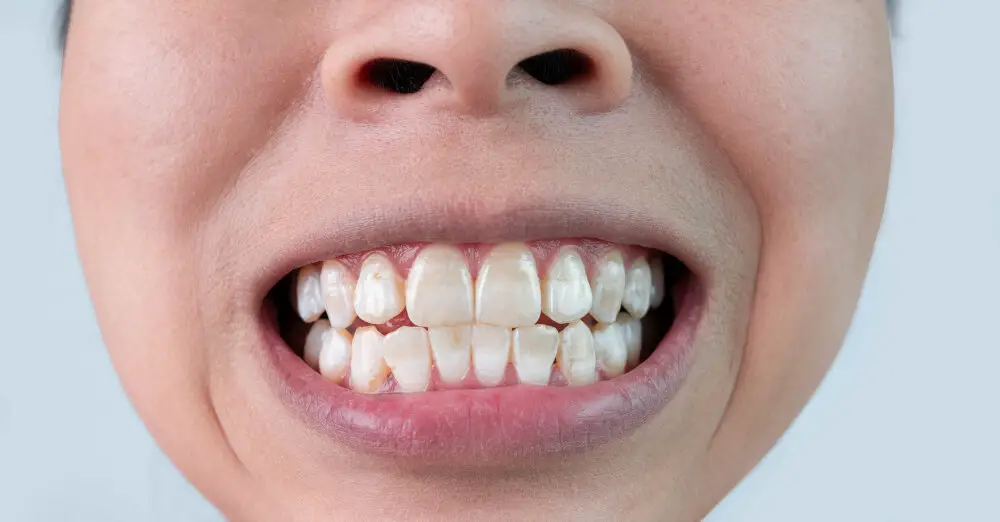
After undergoing wisdom teeth removal surgery, it is common to experience pain and swelling in the affected area. To manage this pain, your dentist may have prescribed pain medication. It is essential to follow the instructions provided by your dentist and take the medication as prescribed. Doing so will help alleviate the pain and swelling, allowing you to heal more comfortably. However, taking pain medication in excess or at irregular intervals can have adverse effects on your health and slow down the healing process. Therefore, it is crucial to stick to the prescribed dosage and timing to avoid any complications. Moreover, it is essential to keep track of the medication’s effect on your body and report any side effects to your dentist promptly. Common side effects of pain medication include dizziness, nausea, and constipation. If you experience any of these symptoms, speak to your dentist immediately, and they will advise you on the necessary steps to take. In conclusion, taking pain medication as prescribed after wisdom teeth removal is crucial to manage pain and swelling. By following the instructions provided by your dentist, you can ensure a smooth and comfortable recovery.
Pain medication is an essential component for managing swelling and discomfort after wisdom teeth removal. Swelling is a natural response of the body’s immune system to the trauma of the extraction process. Pain medication, such as ibuprofen or acetaminophen, can help to reduce the inflammation and swelling, which in turn, helps to decrease the overall discomfort experienced by the patient. Furthermore, pain medication can also help to alleviate any soreness or pain that may be present at the site of the extraction. It is important to follow the instructions of a healthcare professional when taking pain medication to ensure proper dosage and avoid any potential adverse effects.
When it comes to taking pain medication after wisdom teeth removal, it is important to follow the proper instructions to avoid any adverse effects. Firstly, make sure to read the label carefully and take the recommended dosage as prescribed by your dentist or healthcare provider. Avoid taking more than the recommended amount, as this can lead to serious health risks. It is also important to take the medication with food or milk to prevent stomach irritation. Additionally, do not mix pain medication with alcohol or other medications without consulting with your healthcare provider. Lastly, do not drive or operate heavy machinery while taking pain medication, as it can cause drowsiness and impair your ability to perform tasks safely.
Eat Soft Foods and Avoid Straws
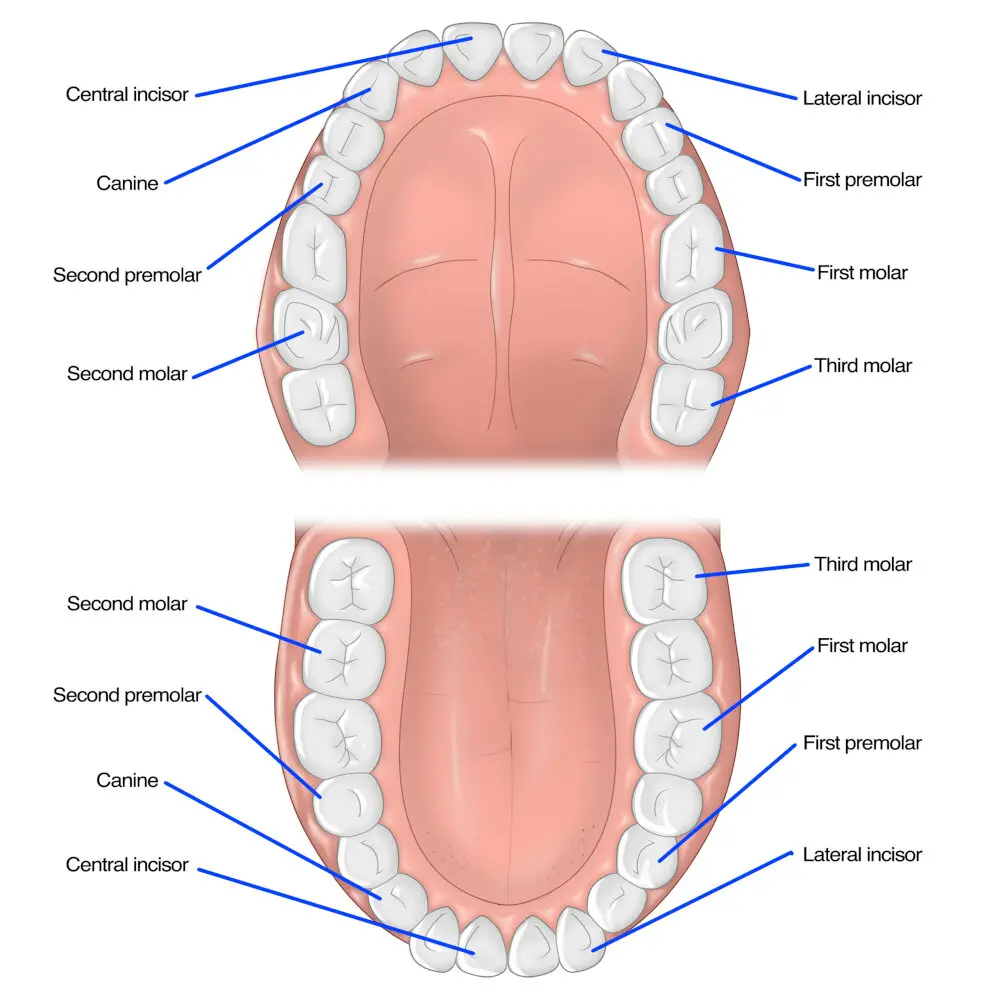
After having your wisdom teeth removed, it’s important to follow your dentist’s instructions for a speedy recovery. One important aspect of recovery is eating soft foods and avoiding straws. Eating soft foods like mashed potatoes, soups, and smoothies can help prevent irritation to the surgical site and reduce swelling. Avoiding hard or crunchy foods that require significant chewing can also help prevent discomfort and promote healing. Using a straw after wisdom teeth removal can also be detrimental to your recovery. Sucking through a straw can create a vacuum in your mouth, which can dislodge the blood clot that forms in the socket of the extracted tooth. This blood clot is crucial for healing, as it protects the bone and nerves in the socket and helps the area heal. If the blood clot is dislodged, it can cause a painful condition called dry socket, which can delay healing and require additional treatment. Therefore, it’s important to avoid straws after wisdom teeth removal and stick to soft foods to ensure a smooth recovery.
When it comes to healing after wisdom teeth removal, soft foods play a crucial role in reducing swelling and promoting quick recovery. Consuming soft foods such as soups, smoothies, and mashed potatoes can provide necessary nutrients without requiring excessive chewing, which can irritate the surgical site and lead to further inflammation. Additionally, soft foods are typically cool in temperature, which helps to constrict blood vessels and reduce swelling. By incorporating a soft food diet into your recovery process, you can minimize discomfort and get back to your daily routine faster.
Using straws after wisdom teeth removal can be harmful due to the suction created when drinking through the straw. This suction can dislodge the blood clot that forms in the extraction site, leading to a painful condition called dry socket. Dry socket occurs when the blood clot is removed, exposing the bone and nerves underneath, causing pain and delaying the healing process. Therefore, it is recommended to avoid using straws for at least a week after wisdom teeth extraction to allow for proper healing of the extraction site and to prevent the risk of dry socket.
After having wisdom teeth removed, it’s important to follow a soft food diet to promote healing and minimize swelling. Some soft foods that are easy to eat after the procedure include scrambled eggs, mashed potatoes, oatmeal, yogurt, smoothies, applesauce, pudding, and soup. These foods are not only easy to chew and swallow, but they also provide essential nutrients for the body to heal. It’s important to avoid hard or crunchy foods, as they can irritate the surgical site and prolong the healing process. By following a soft food diet, patients can ensure a quick and comfortable recovery after wisdom teeth removal.
After undergoing wisdom teeth removal surgery, it is common to experience swelling in the affected area. To reduce swelling, there are a few tips that can be followed. Firstly, applying ice packs to the site of the surgery can help to constrict blood vessels and reduce inflammation. It is recommended to apply ice for 20 minutes at a time, with 20-minute breaks in between. Secondly, keeping your head elevated can also help to reduce swelling. This can be achieved by propping up pillows or sleeping in a recliner. Additionally, avoiding strenuous physical activity, smoking, and consuming hot or spicy foods can also aid in reducing swelling. Lastly, taking prescribed pain medication and following all post-operative instructions from your dentist or oral surgeon can also help to minimize swelling and promote a speedy recovery.
Following the tips for a faster and smoother recovery after wisdom teeth removal might seem daunting, but it’s crucial to ensure your body heals quickly and efficiently. By reducing swelling, you’ll experience less pain and discomfort, and be able to get back to your regular routine sooner. It’s important to remember that recovery is a process, and by adhering to the tips outlined in this article, you’ll be doing yourself a favor in the long run. So, take the time to rest, ice your cheeks, and avoid certain foods and activities for a few days – your body will thank you for it!
Conclusion
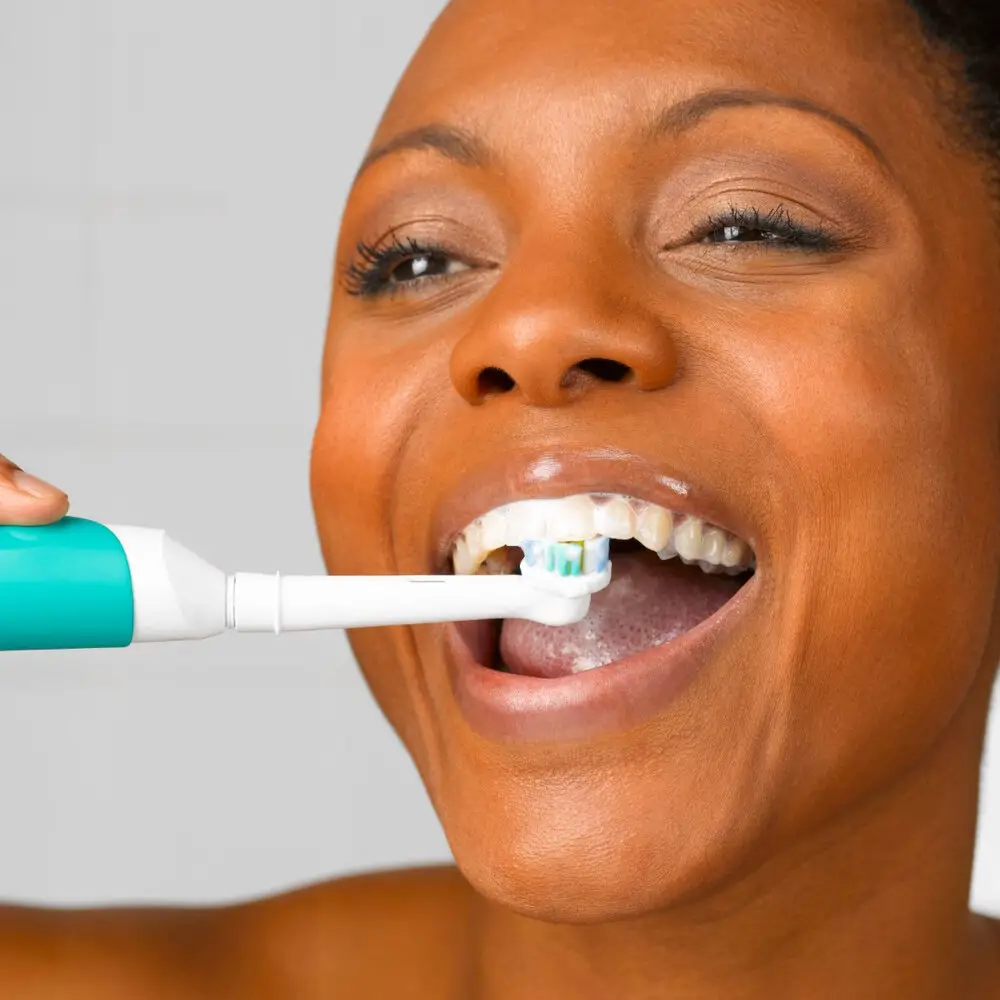
In conclusion, reducing swelling after wisdom teeth removal is crucial for a quick and comfortable recovery. By following the tips mentioned in this article, such as using ice packs, avoiding strenuous activities, and taking prescribed medication, one can effectively manage the swelling and discomfort associated with this procedure. It’s important to remember that everyone’s recovery process is different and to consult with your dentist or oral surgeon if you have any concerns or questions. With patience, rest, and proper care, you can minimize swelling and get back to your normal routine in no time.



